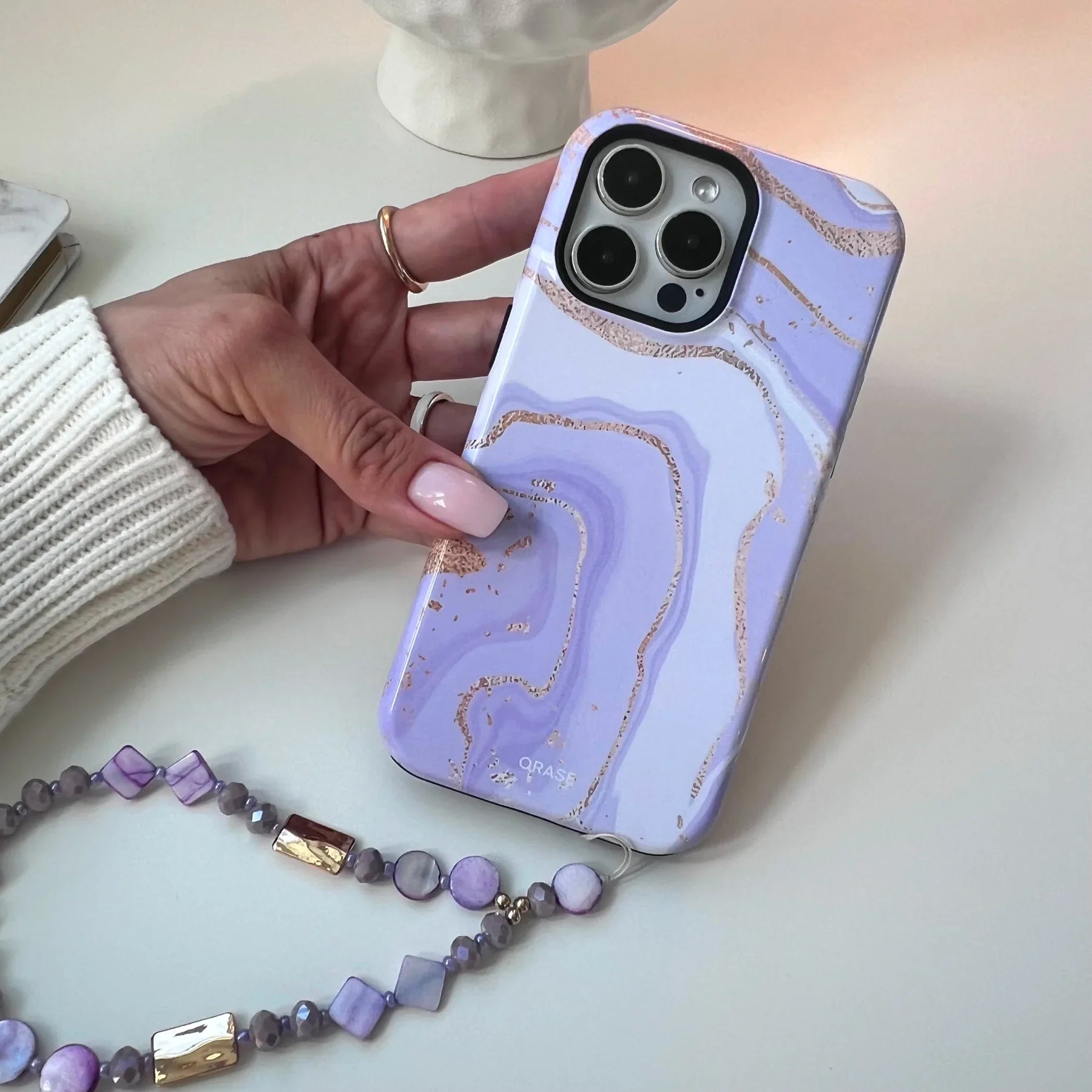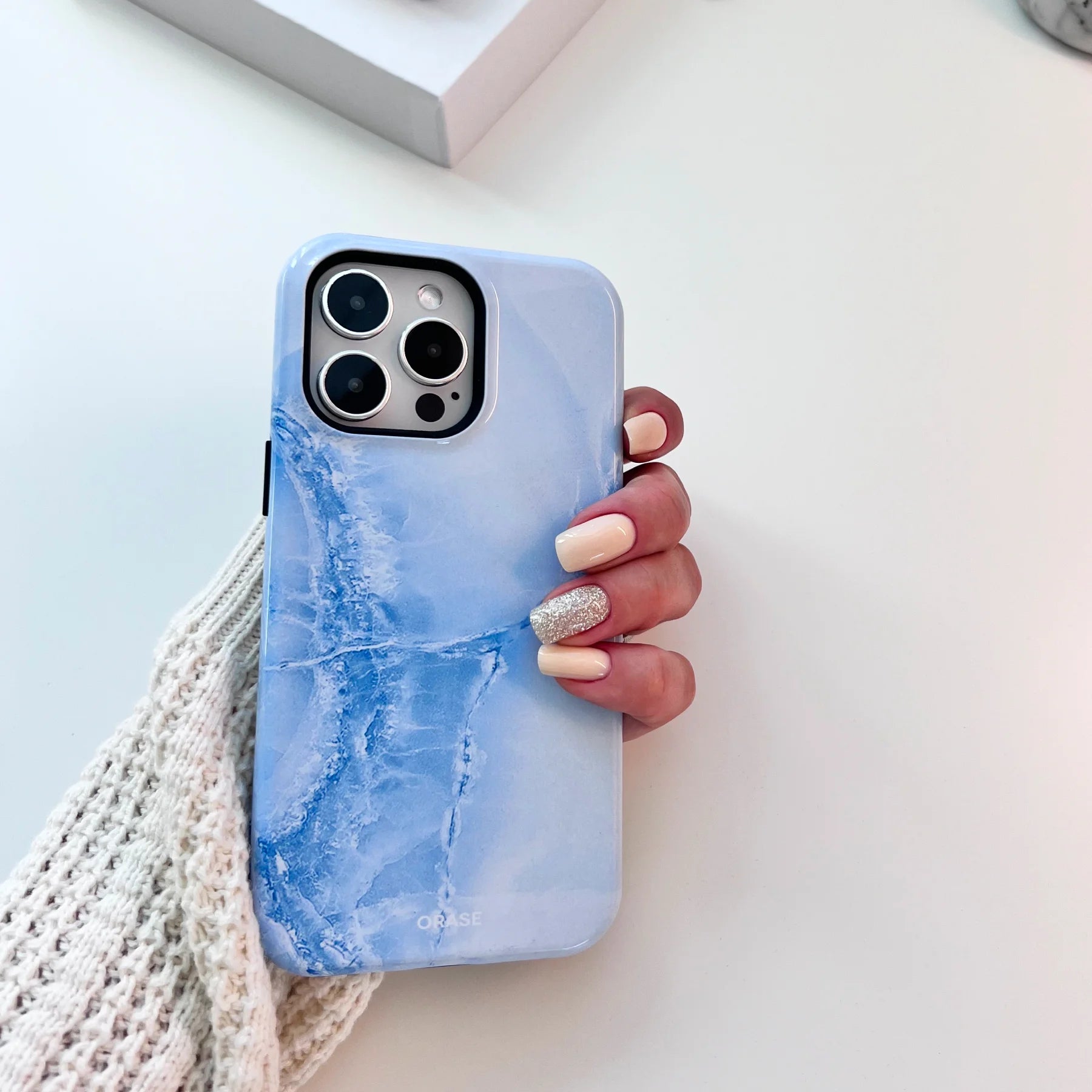You just removed a PopSocket, sticker, or anything else adhesive, and now your beloved pho is stuck. Don’t worry, we’ve all been there. And you’ve come to the right place! This is the ultimate guide on how to get sticky residue off a phone case like a pro.
Why Does Adhesive Love to Stick Around?
Dealing with adhesive can be a nightmare. The type of glue matters when trying to remove it. Here’s what you need to know about these usual culprits:
- Sticker Glue. Found on decals, labels, and cheap stickers. It’s not super strong, but it doesn’t give up easily.
- PopSocket Adhesive. It is explicitly designed to stick like a barnacle and is challenging to take off without damaging your case.
- Double-Sided Tape. It has a stronger hold than regular sticker glue and is infamous for leaving behind a thick, goopy mess.
- Super Glue. This is for when things just need to stay on forever. It is very hard or mostly impossible.
Not only does the kind of adhesive matter but so does the material of your phone case itself — different methods work better for silicone versus plastic versus leather versus rubber cases. Now that you’re caught up, let’s get ready for cleanup!
Preparing to Remove Glue: Gather Your Supplies
Preparation is everything here—don’t just grab any old cloth and dive right in; let’s do this properly, shall we?

Identify Your Case Material
- Plastic/Silicone. Most common; can handle most removal methods.
- Leather. More delicate; avoid harsh chemicals.
- Rubber. Flexible but sensitive towards some oils/solvents.
- Wood/Metal. Specialty cases that require extra care.
Gather Your Supplies
Here’s a checklist to make sure you’ve got everything covered:
- Warm water
- Microfiber cloths
- Cotton swabs
- Old toothbrush
- Baking soda
- Vinegar
- Peanut butter
- Rubbing alcohol (isopropyl)
- Nail polish remover (acetone)
- Vegetable oil
- Eraser
Test on a Hidden Spot
Always test your chosen method on a small, hidden area first — you don’t want to ruin your case!
Work in a Well-Ventilated Area
Open a window, turn on a fan, or take it outside to get strong fumes.
Protect Your Hands and Surface
Wear gloves if necessary and put down some paper towels or cloth to protect your workspace.
How To Get Sticky Residue Off Phone Case: The Tried-and-True Methods
Alright then, let’s cut the chit-chat and get right down to how to get sticky residue off phone case using various household items and products.
-
Warm Water
Advantages: Safe, gentle, chemical-free.
Disadvantages: It may not work on stronger adhesives.
How to Use: Soak a microfiber cloth in warm water, wring it out, then press it against the adhesive for a few minutes. Gently scrub off the glue with a cloth or an old toothbrush.
Pro Tip: Use warm water with mild dish soap for better results.

-
Vinegar
Advantages: Natural, effective on light adhesives.
Disadvantages: Strong smell; may not work on strong adhesives.
How to Use: Soak a cloth or cotton swab in white vinegar; press against glue for 5-10 minutes, then rub off the residue.
Pro Tip: Mix vinegar with baking soda for stubborn spots.
-
Baking Soda
Advantages: Gentle abrasive, natural deodorizer.
Cons: If not careful, they can scratch some materials.
How to Use: Mix baking soda with water until you get a paste. Apply the paste to the adhesive and gently brush it with an old toothbrush or cloth.
Pro Tip: Add some vinegar drops into the paste for more power.
-
Peanut Butter
Pros: Oil-based, surprisingly effective.
Cons: Messy leaves an oily residue.
How to Use: Spread some peanut butter over the adhesive. Let it sit for 5-10 minutes. Wipe it off with a cloth, then clean the area with warm, soapy water.
Pro Tip: For better results, use creamy peanut butter.

-
Rubbing Alcohol (Isopropyl)
Pros: Dries quickly, effective on tough adhesives.
Cons: It may cause rubber or plastic to dry out.
How to Use: Wet a cloth or cotton swab with rubbing alcohol and gently rub over the adhesive until it dissolves. Wipe clean with a damp cloth.
Pro Tip: 70% isopropyl alcohol should be used as it is safe and works effectively against different types of glues and tapes.

-
Nail Polish Remover (Acetone)
Pros: Powerful solvent; works fast;
Cons: Can discolor or damage many materials;
How to use: Dampen a cotton swab with acetone. Gently rub onto the adhesive area until all the glue is gone. Finish by wiping off any remaining residue using another damp cloth.
Avoid using this method if you are dealing with leather, wood, or colored plastic cases, as acetone may cause harm, especially when applied directly to these surfaces without proper care taken beforehand.
-
Vegetable Oil
Pros: Natural, safe for most materials.
Cons: It leaves an oily residue and needs extra cleaning.
How to Use: Apply a small amount of vegetable oil to the adhesive. Let it sit for 10-15 minutes. Wipe it off with a cloth and clean it with warm, soapy water.
Pro Tip: Try sunflower or olive oil if you run out of vegetable oil.
-
Eraser
Pros: Simple; works well on light adhesives;
Cons: Not effective when dealing with large areas or strong adhesives.
How to use: Gently rub the adhesive area using a clean eraser until all glue is gone;
Pro tip: Use a white eraser to avoid any discolorations mainly when applied onto light-colored surfaces such as phone cases made from plastic, among others;
So there you are! Now you know all the nuances of how to remove adhesive from a phone case. We wish you good luck and hope your phone case sparkles.

Frequently Asked Questions
- Will these methods damage my phone case?
They shouldn't, but precautions are important. Plastic and silicone cases can withstand most methods, like warm water, vinegar, or baking soda. Rubbish or acetone might be needed to make stronger adhesives, but always test a small area first. Use warm water or a mild vinegar solution to clean leather cases. Avoid using acetone, rubbing alcohol, or abrasive scrubbing. Rubber cases can be sensitive to oils and solvents, so try warm water or an eraser first.
- How do I remove adhesive from leather cases?
Removing adhesive from leather requires a gentle touch. Start by dampening a microfiber cloth with warm water and gently rub the residue in a circular motion, avoiding soaking the leather. Avoid rubbing alcohol, acetone, or oils, as they can discolor and damage leather.
- Can I use WD-40 to remove adhesive residue?
Yes, WD-40 can dissolve sticky residue and is generally safe for plastic and metal cases. Spray a small amount directly onto the adhesive or a cloth, and let it sit for about five minutes to dissolve the residue.
- What should I do if adhesive residue remains after cleaning?
If stubborn adhesive remains, repeat the same method or switch to another one. For instance, try rubbing alcohol if warm water and vinegar don't work. Combine methods by softening the residue with warm water and soap before scrubbing with an eraser or toothbrush.
- Can I prevent adhesive residue in the future?
Absolutely. Apply a layer of clear tape or a removable adhesive film before placing stickers or grips on your case. Choose PopSockets, stickers, and other accessories that advertise easy removal. Regularly wipe down your case to prevent grime buildup. Replace grips or mounts before the adhesive breaks down completely.
















Leave a comment
This site is protected by hCaptcha and the hCaptcha Privacy Policy and Terms of Service apply.